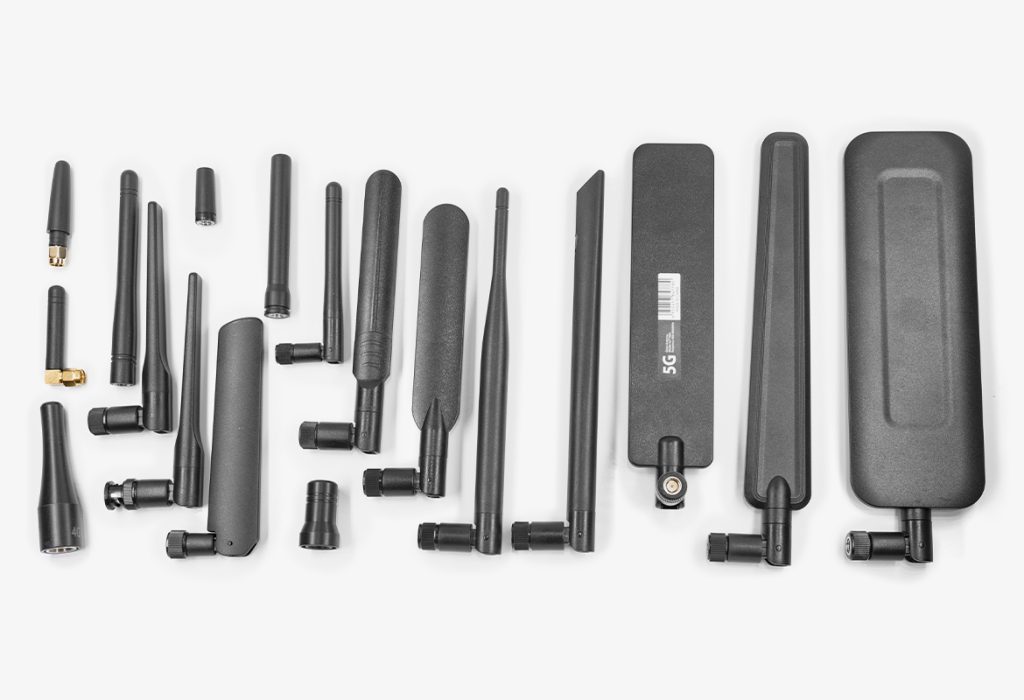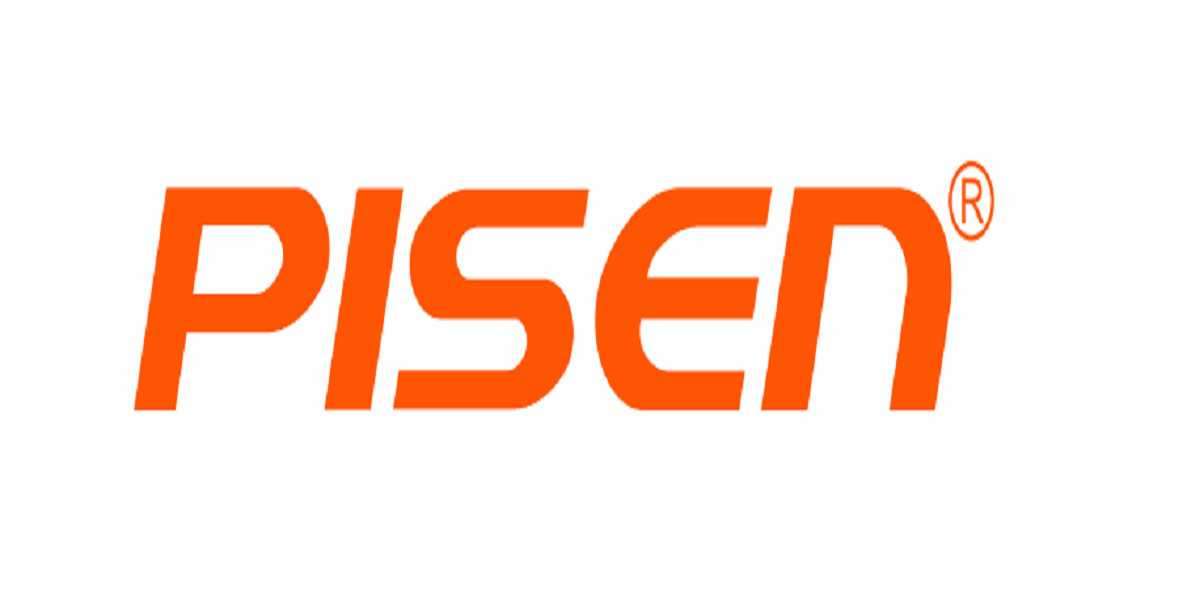The telecommunications industry has witnessed significant advancements over the past decade, particularly with the rise of 4G antenna manufacturers. These manufacturers have played a crucial role in enhancing mobile connectivity and ensuring that users enjoy seamless communication experiences. But what exactly has driven this evolution, and who are the key players in this field?

Understanding 4G Antenna Technology
At its core, 4G technology represents a leap forward from its predecessors, offering faster data speeds and improved network reliability. The 4G antenna manufacturers have developed various types of antennas, including:
- MIMO (Multiple Input Multiple Output) antennas
- Beamforming antennas
- Small cell antennas
- Directional and omnidirectional antennas
These innovations have not only improved signal quality but also expanded coverage areas, making it possible for users to stay connected even in remote locations. As a result, the demand for high-performance antennas has surged, prompting manufacturers to invest in research and development.
Key 4G Antenna Manufacturers
Several prominent 4G antenna manufacturers have emerged as leaders in the industry. These companies are recognized for their commitment to innovation and quality:
- Huawei - A global leader in telecommunications, Huawei has developed a range of advanced antennas that support high-speed data transmission.
- Ericsson - Known for its cutting-edge technology, Ericsson offers solutions that enhance network performance and user experience.
- ZTE - This manufacturer focuses on providing cost-effective solutions while maintaining high standards of quality and performance.
- Qualcomm - Renowned for its semiconductor technology, Qualcomm also plays a significant role in antenna design and development.
These companies not only manufacture antennas but also contribute to the overall ecosystem of mobile communication by collaborating with network operators and service providers.
Innovations in 4G Antenna Technology
Innovation is at the heart of the 4G antenna manufacturers strategy. For instance, the integration of artificial intelligence (AI) in antenna design has enabled manufacturers to optimize performance dynamically. Additionally, advancements in materials science have led to lighter and more durable antennas, which are essential for modern telecommunications infrastructure.
Furthermore, the shift towards 5G technology has prompted many manufacturers to develop hybrid antennas that can support both 4G and 5G networks. This adaptability is crucial as it allows for a smoother transition for users and service providers alike.
Conclusion: The Future of 4G Antenna Technology
As we look ahead, the role of 4G antenna manufacturers will continue to evolve. With the increasing demand for mobile data and the advent of new technologies, these manufacturers must remain agile and innovative. For those interested in exploring high-quality antennas, consider visiting  for a comprehensive collection of external antennas designed to meet diverse communication needs.
for a comprehensive collection of external antennas designed to meet diverse communication needs.
In summary, the evolution of 4G antenna technology is a testament to the ingenuity of manufacturers who strive to enhance connectivity and improve user experiences worldwide.








